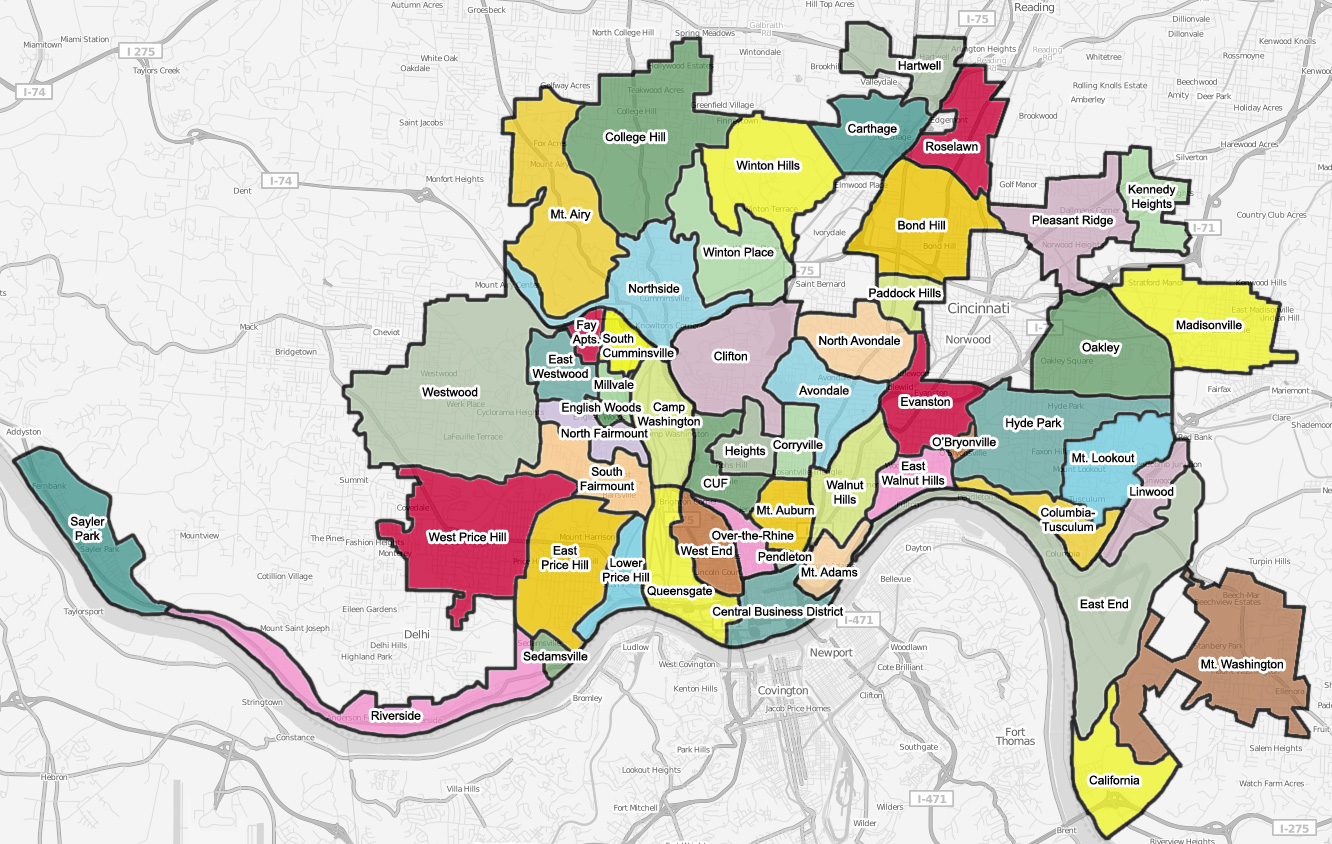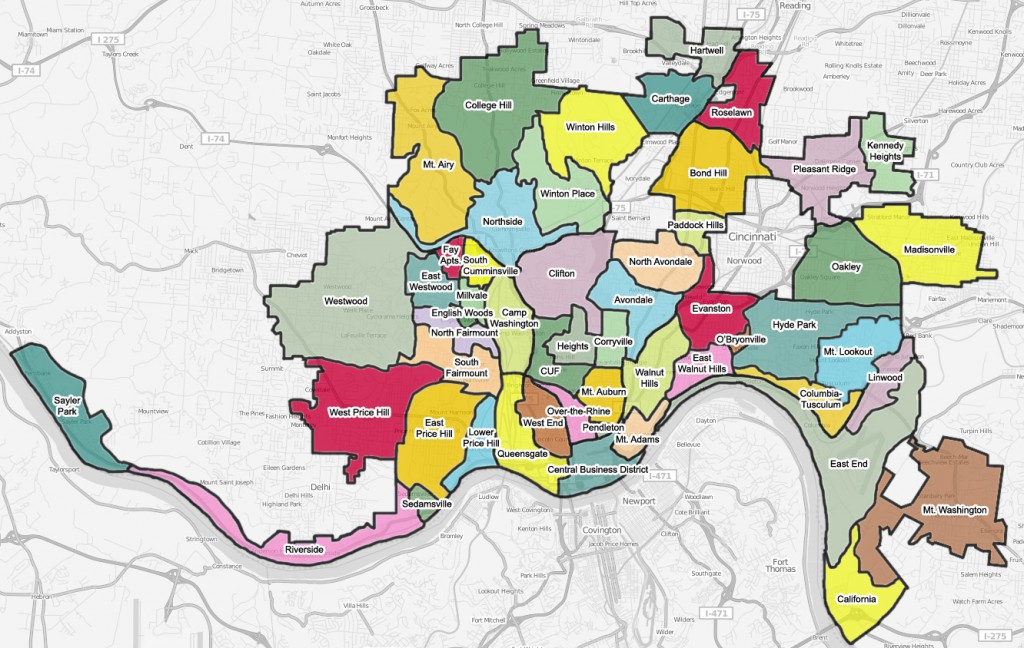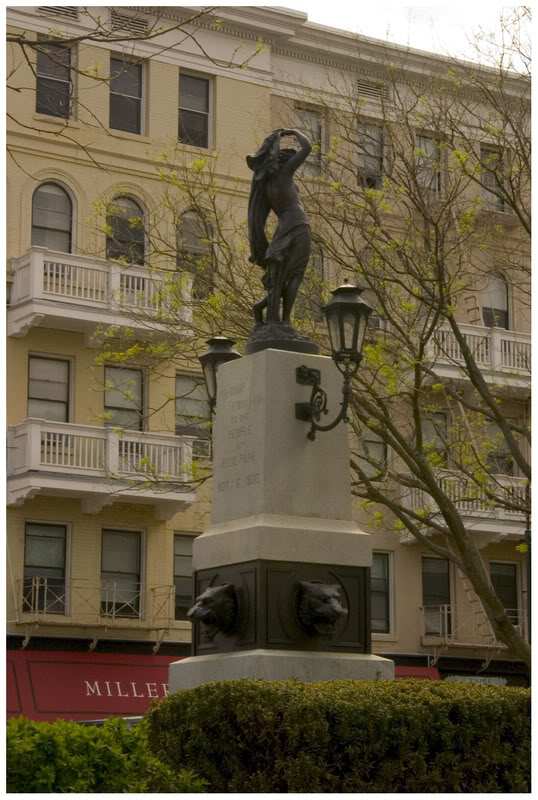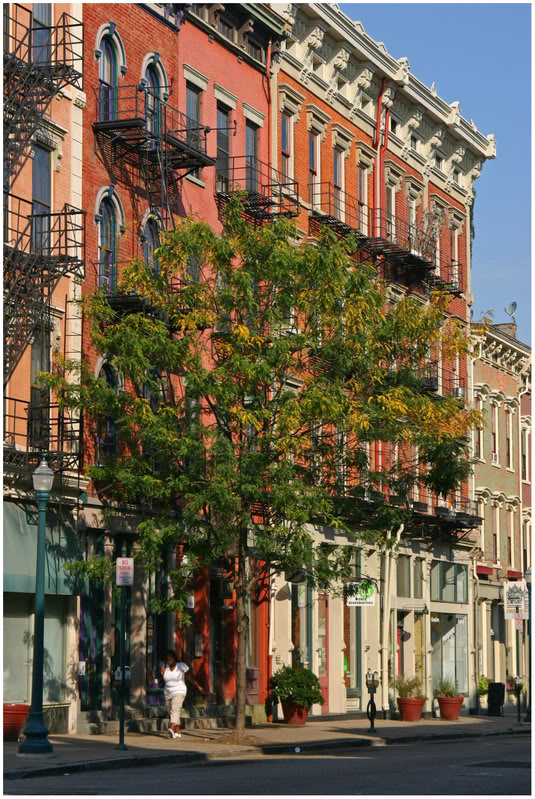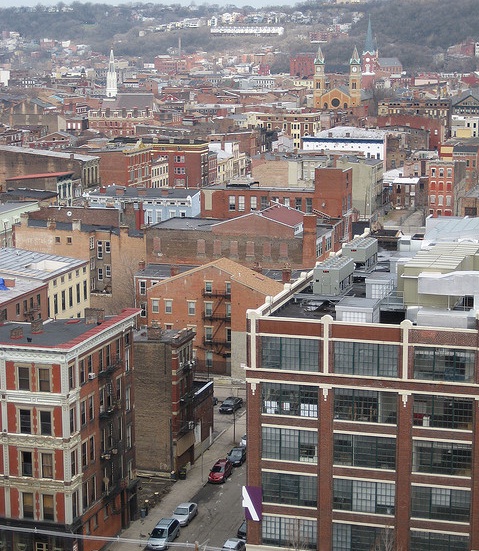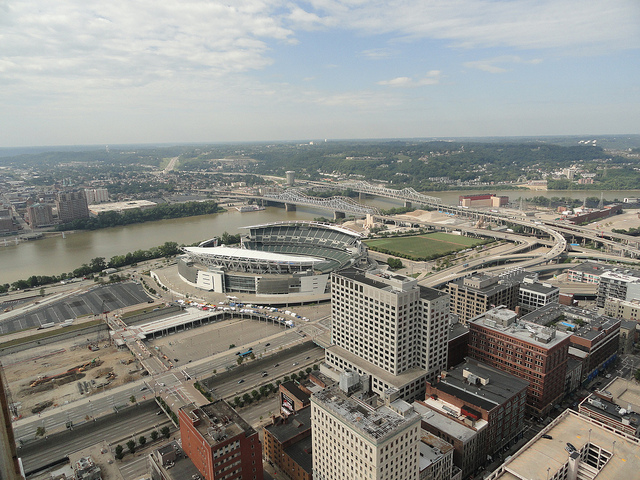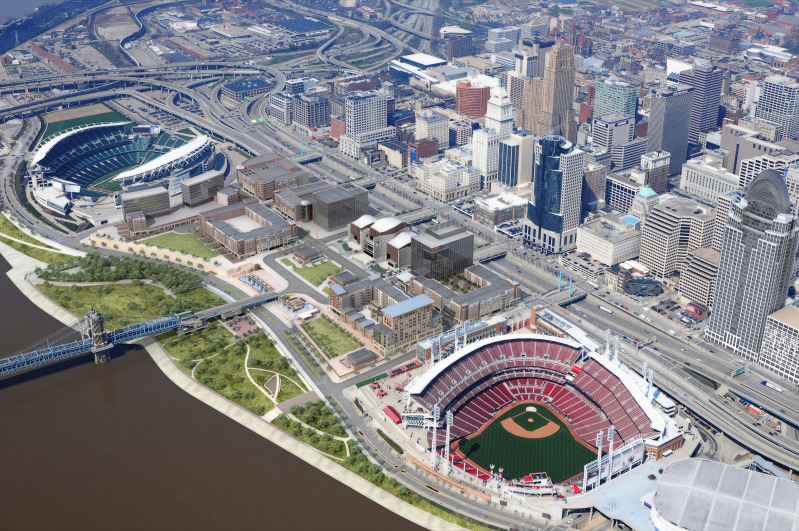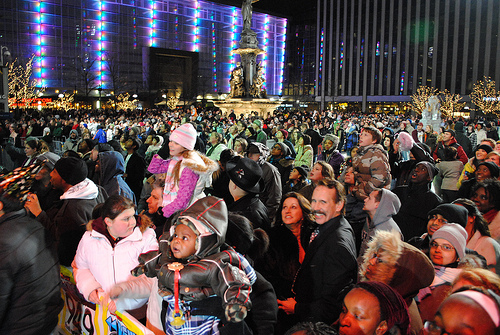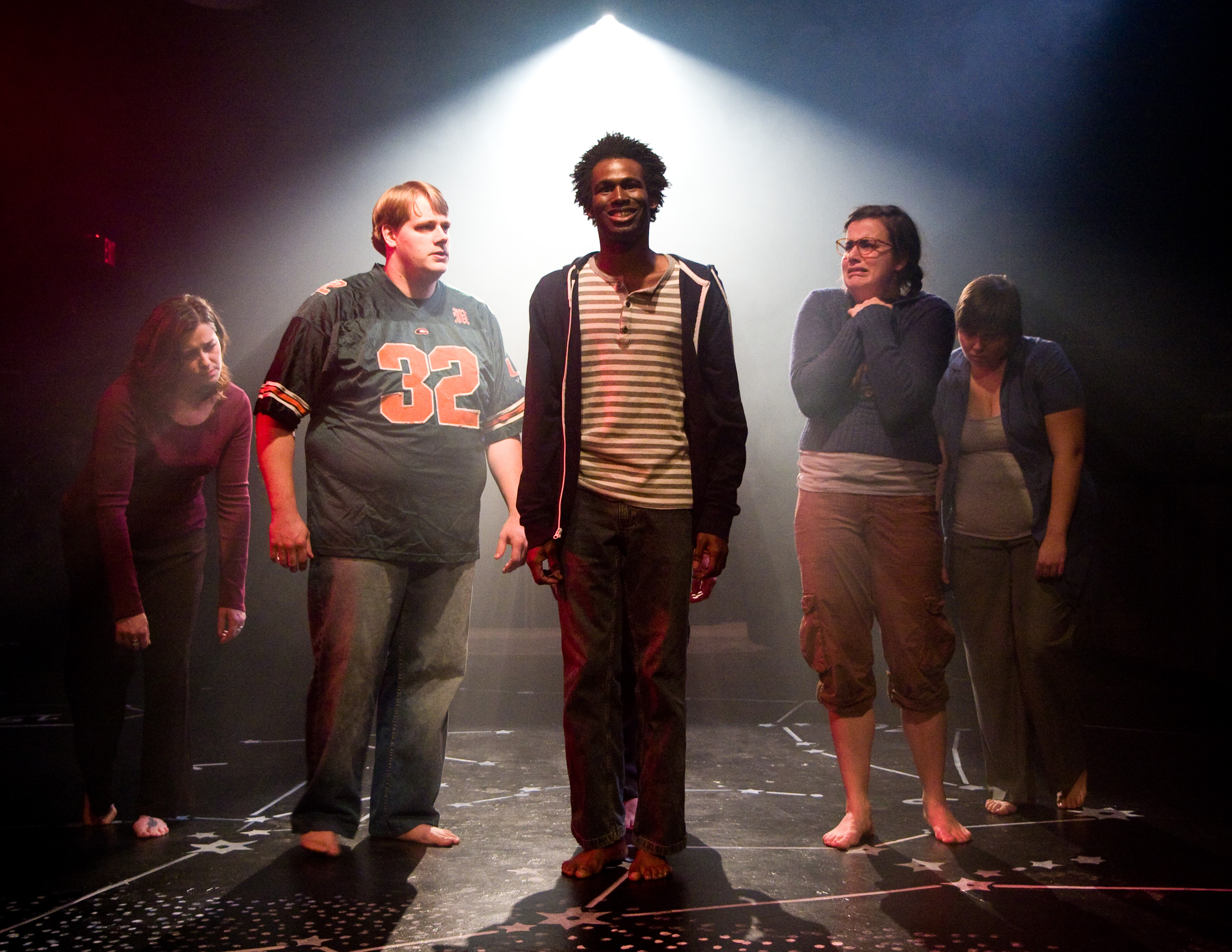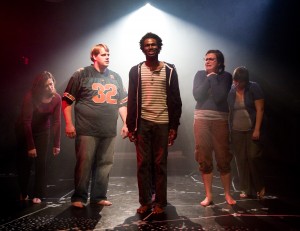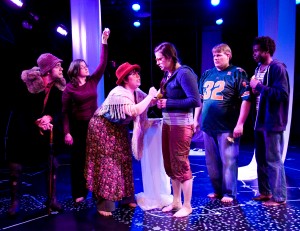As the housing market continues to be difficult, homeowners around Cincinnati are looking for every advantage they can get. In some recent cases this has included those around the Hyde Park neighborhood to petition Cincinnati City Council to merge their residential pockets into the more desirable neighborhood.
These residents claim that being included in the Hyde Park neighborhood will immediately improve the value of their home due to how it is listed in the Cincy MLS. Maybe so, but nothing is in fact changing other than a label.
Over time Cincinnati and its unique and identifiable neighborhoods have changed, but there are several turf wars, so to speak, going on around town. Pendleton struggles for a separate identity from Over-the-Rhine; Covedale is doing the same with West Price Hill; portions of Oakley and Evanston want to be included into Hyde Park; and try to not even unravel the complexities going on in Uptown between Clifton Heights, Fairview, University Heights, The Heights, Clifton, and Corryville.
Surely the residents and business owners know their respective neighborhoods best, and city leaders should listen. The current approach of waiting until a certain homeowners association or some other group of concerned citizens comes forward is a reactive way to run a city. Instead, the city should empower its citizens in the ongoing Comprehensive Plan and completely redraw all of the neighborhood boundaries within city limits.
Should Fay Apartments, Millvale, English Woods, East Westwood and California all be their own official city neighborhoods? And likewise, shouldn’t places like Covedale, Pendleton and O’Bryonville be given consideration for neighborhood status. I think so, and I think city officials should be looking at all of these issues so that they can be resolved once and for all.
One way to solve this issue in a non-biased way would be to define what in fact a “neighborhood” is. Currently Cincinnati has 52 neighborhoods and 37 neighborhood business districts. A good starting point might be that a “neighborhood” has to include an associated neighborhood business district or cultural center. Right away this would eliminate places like English Woods and Fay Apartments from the list of official neighborhoods as they are nothing more than housing projects. Instead they should be included in the neighborhoods that surround them.
There are many potential ways to approach this, but something needs to be done. These designations help determine how the City allocates funding to Community Councils, impacts the property values of homeowners and small businesses, and these designations help to define one of the most unique things about Cincinnati – its diverse, vibrant and identifiable neighborhoods.
